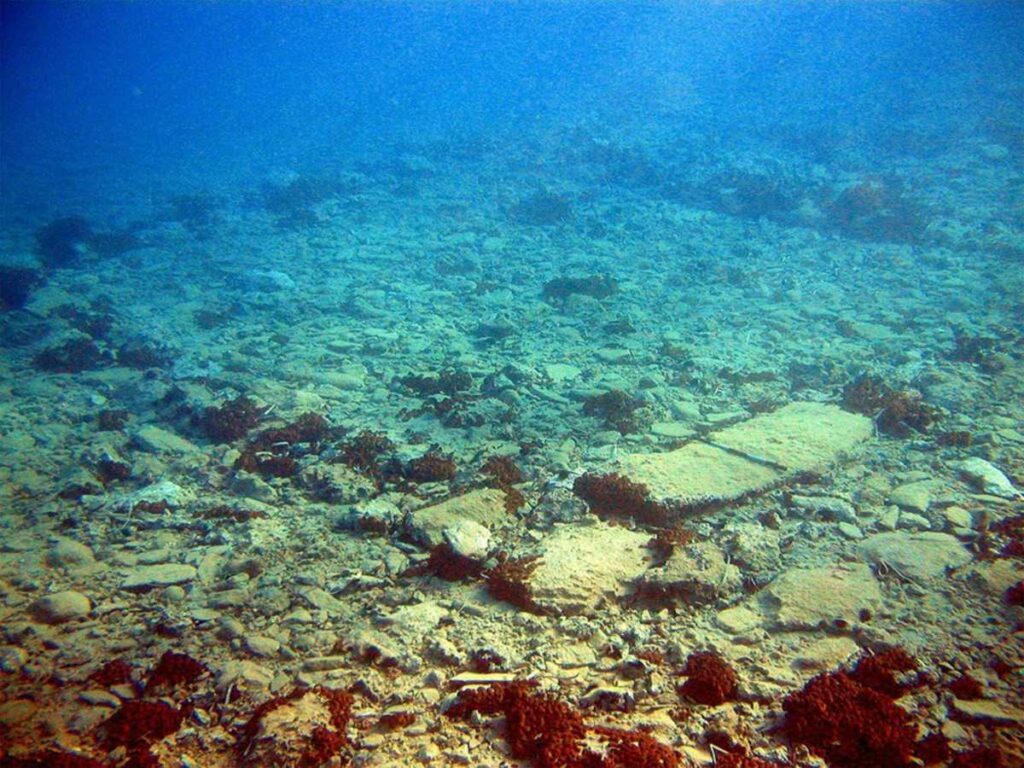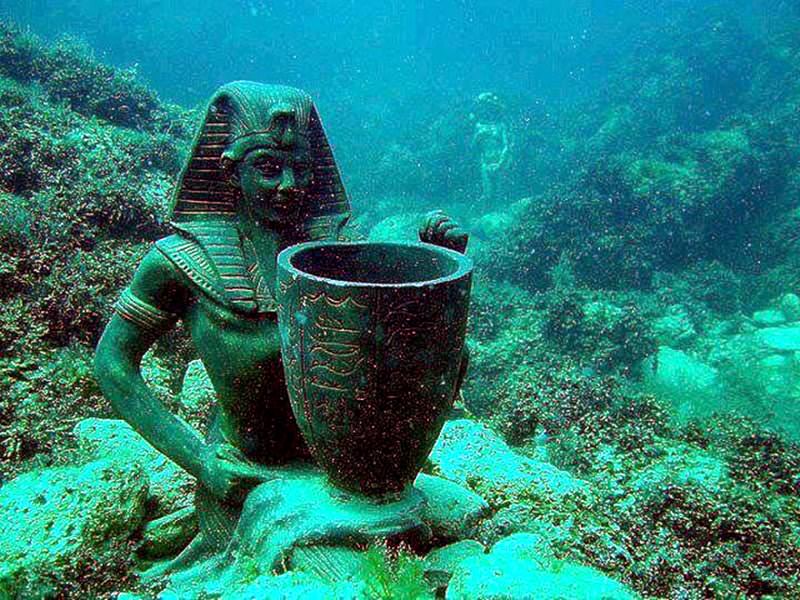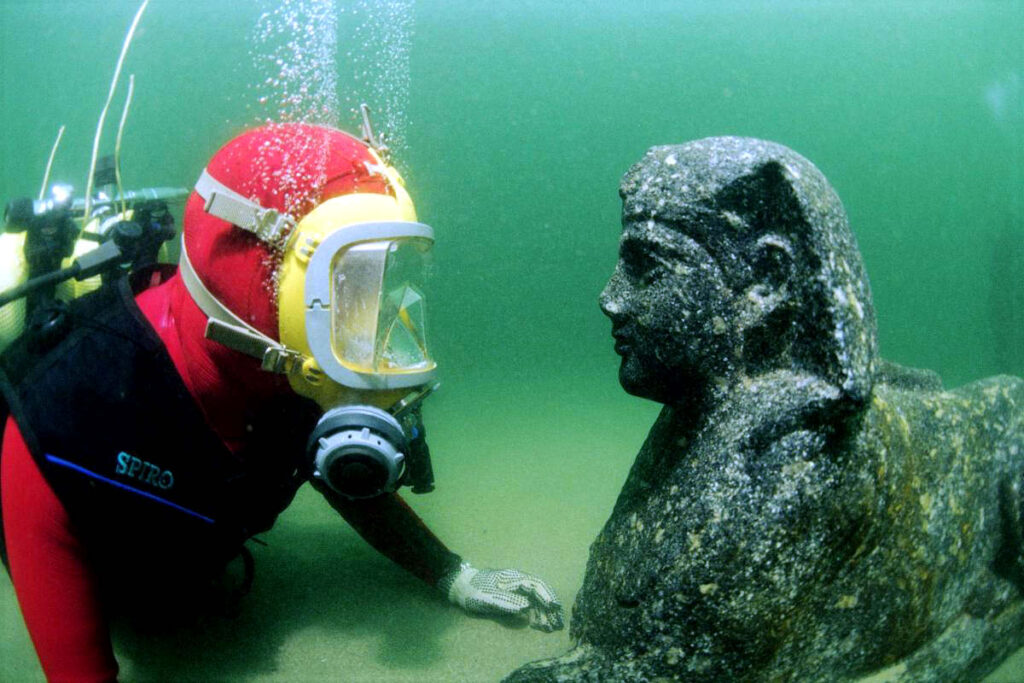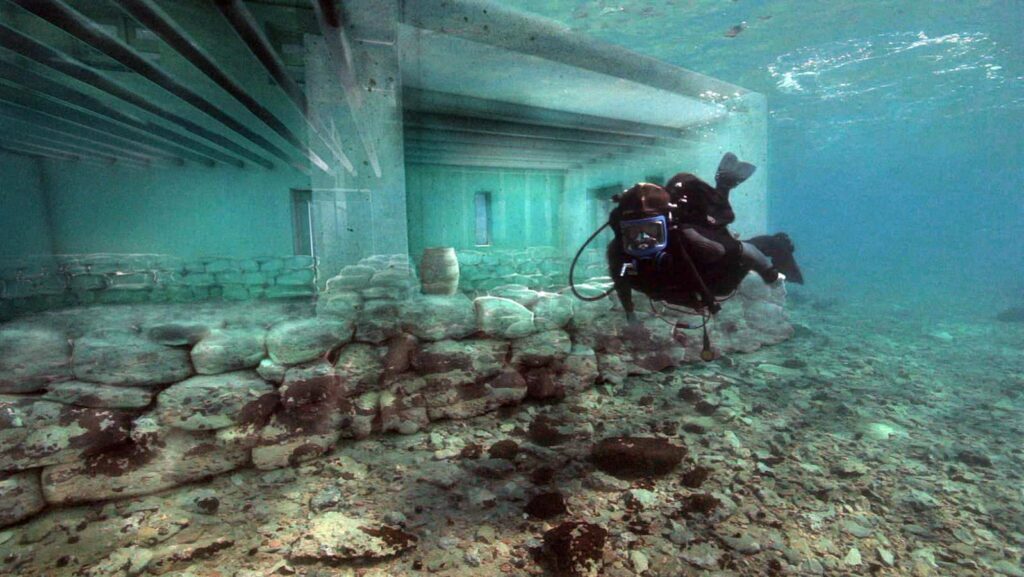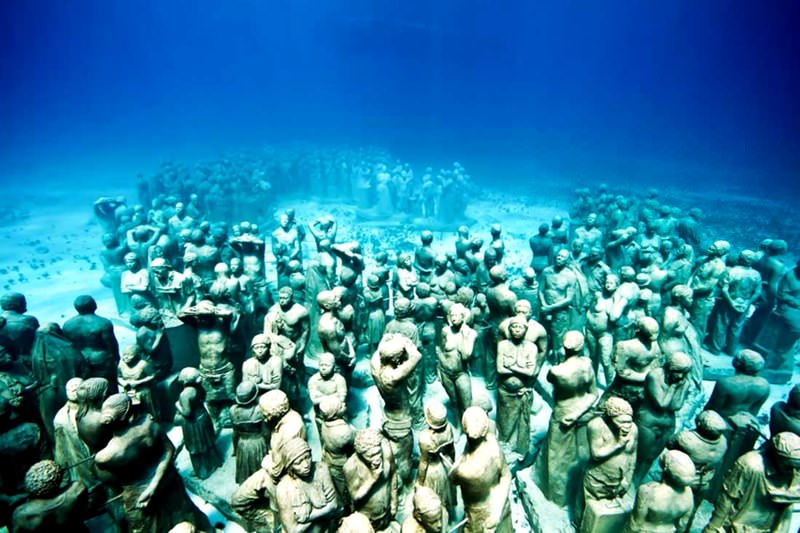The first recorded account of an underwater city is believed to be the mythical city of Atlantis. This fascinating story was first recorded by Plato in 360 BC, describing it as a utopian island city with natural gardens, rivers, and fountains that sank beneath the sea after a failed war with Athens.

Today, the seas and oceans that cover a third of the Earth’s surface hide countless secrets in their depths. Millions of unexplored shipwrecks and sunken cities are just some of the ancient mysteries that the waters and the passage of time have buried. In this sense, the Greek coasts have witnessed one of the most surprising findings of recent times.
Pavlopetri, the oldest underwater city in the world
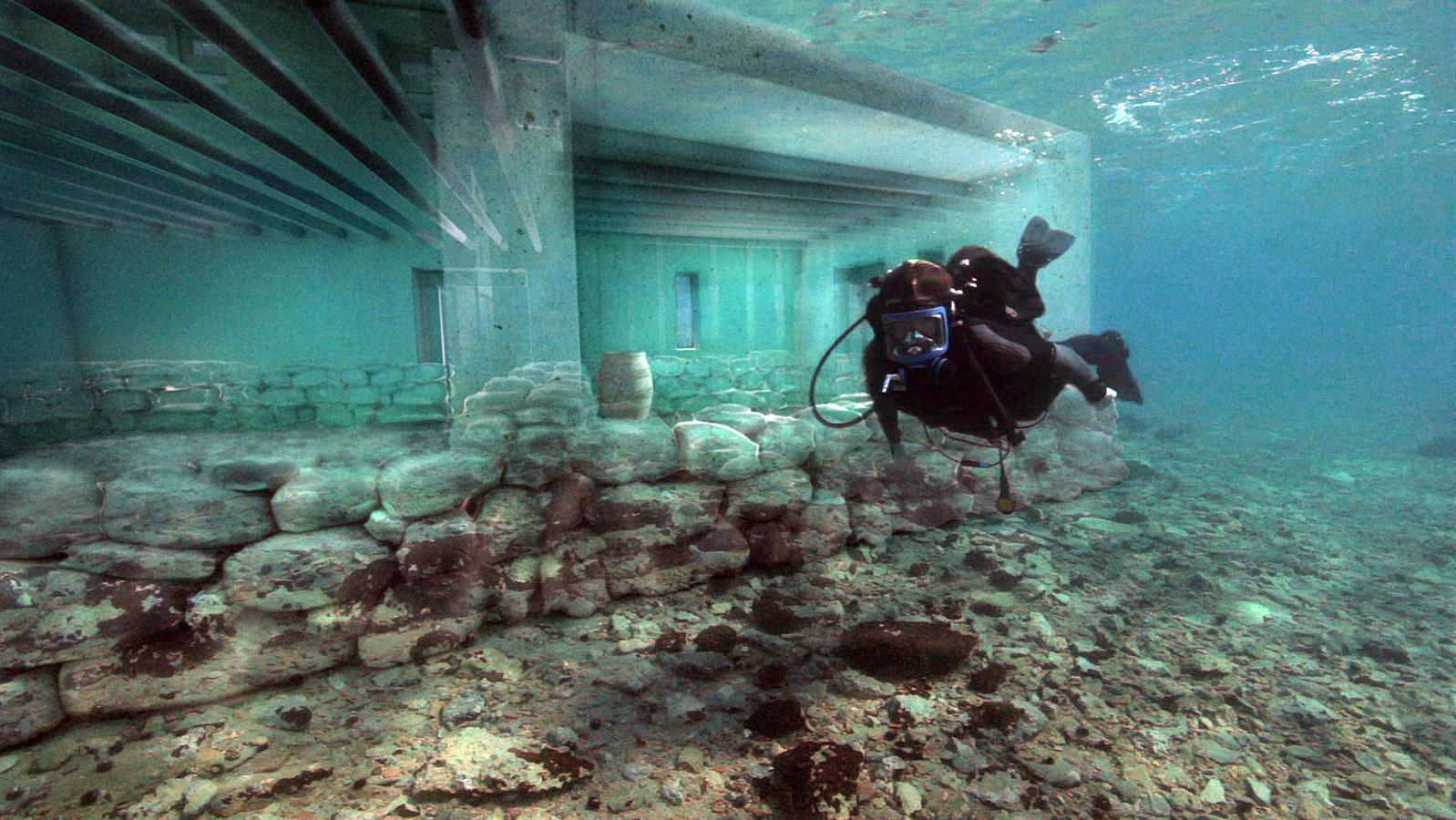
In the early 1960s, the remains of the port of Pavlopetri, a Greek city dating from the Bronze Age, were discovered. Since then, several studies have been carried out to unravel the secrets that are hidden under the waters. Some experts have linked the ancient city of Pavlopetri with the legendary history of Atlantis.
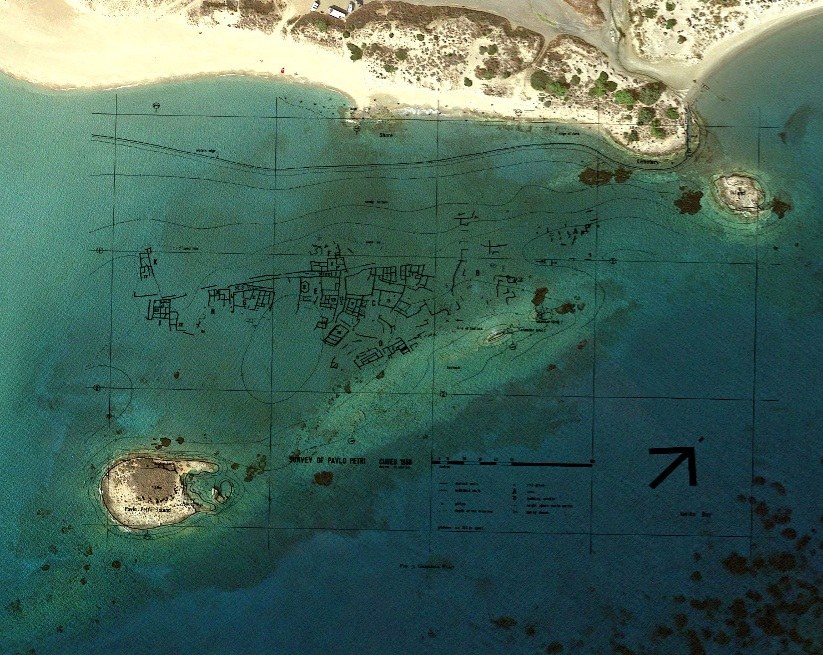
Nicholas Flemming, from the Oceanography Institute at the University of Southampton, was responsible for discovering the remains of this settlement in the 1962. It is located in the Peloponnese region in southern Greece, near a small town called Pavlopetri. It is estimated that the city has been submerged for about 5,000 years.
Another interesting fact about this underwater city is that it is located a few meters deep, which makes it much easier to study. It is believed to be the oldest planned underwater city known to date. For this reason, it quickly became part of other mysterious underwater settlements, such as the Chinese city of Shi Cheng and Japan’s controversial Yonaguni underwater ruins.
Different teams try to solve the mysteries
Before Flemming found the city of Pavlopetri, a geologist named Folkion Negris was said to have managed to identify the city in 1904. After Flemming rediscovered the place, his discovery was inspected again by another team of underwater archaeologists in 1968.
Later, in 2009, the University of Nottingham, under the direction of John C. Henderson, started a 5-year project to explore the site. It received support from the Greek Ministry of Culture and Tourism, thus forming the Pavlopetri Project for Underwater Archeology.
Archaeological studies are as exciting as they are complicated, as it involves rediscovering very old and delicate places and objects. In addition, the interpretations made of the place must be framed in a different context and time than ours. In the case of Pavlopetri, all of this has to be done underwater.
The archaeology project charged with investigating the underwater city of Pavlopetri used advanced tools and techniques. They combined archaeology with underwater robotics and state-of-the-art graphics to research the seabed. In this way, they were able to bring back to life a city that was about to disappear for want of protection.
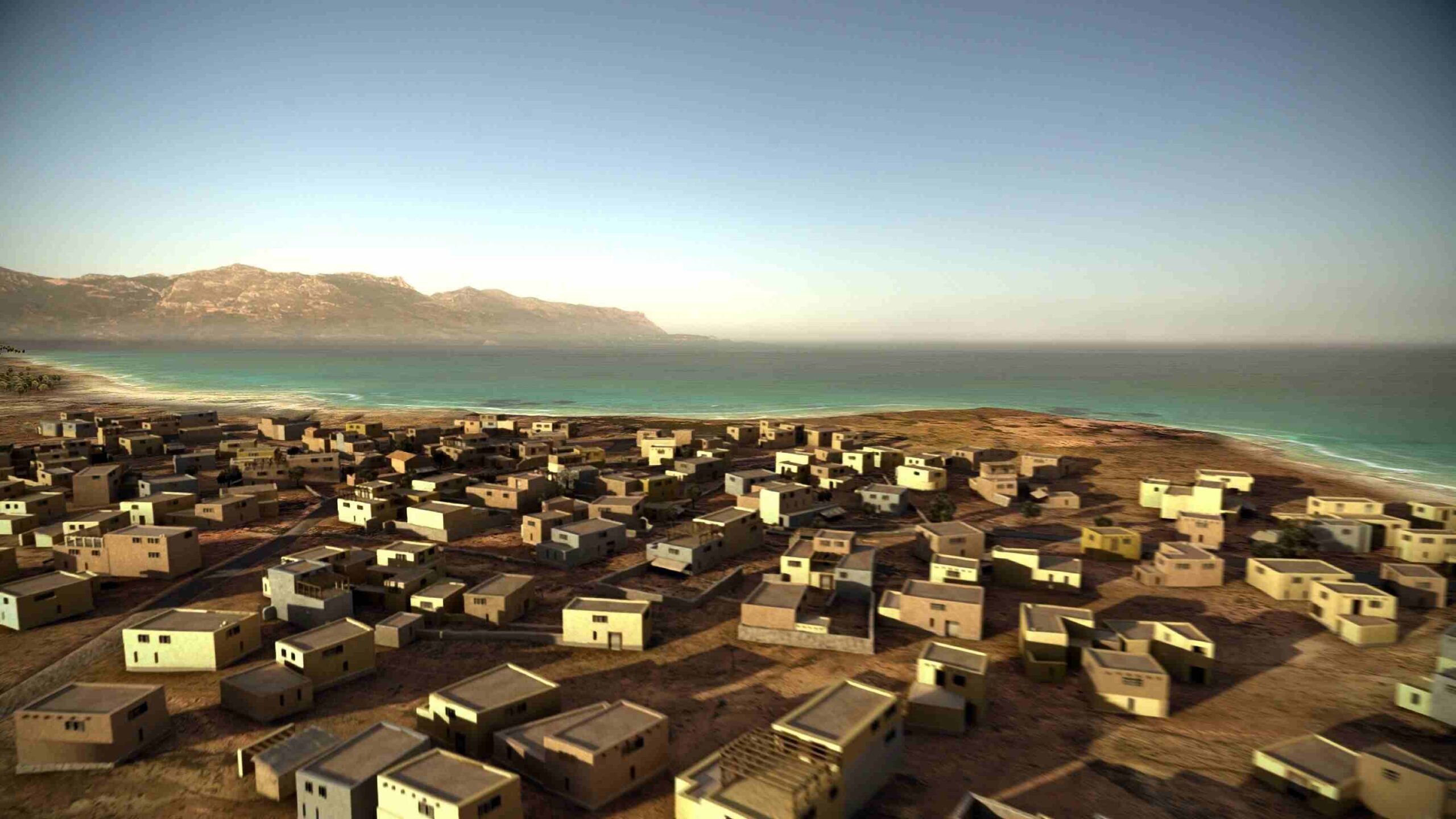
Pavlopetri is the first lost city to be searched digitally in 3D using sonar mapping technology. The quality of the resulting images is unique, reconstructing the city to a level never seen before. The three-dimensional precision allowed the team to have an almost accurate idea of what the place looked like 5,000 years ago.
The analyzes made at the bottom of the sea allowed the identification of thousands of objects in the place that facilitate the understanding of what daily life was like in Pavlopetri since 3000 BC. Experts point out that the city sank around 1100 BC as a result of an earthquake, erosion, sea-level rise or even a tsunami.

About 5,000 years ago, life at Pavlopetri had a high level of civilization and the city had incredible architecture. Roads, two-story houses, temples, a cemetery and a complex piped water management system, among other developments. This is the only submerged site so old that it can be considered a real planned city.
Pavlopetri’s relation to Atlantis
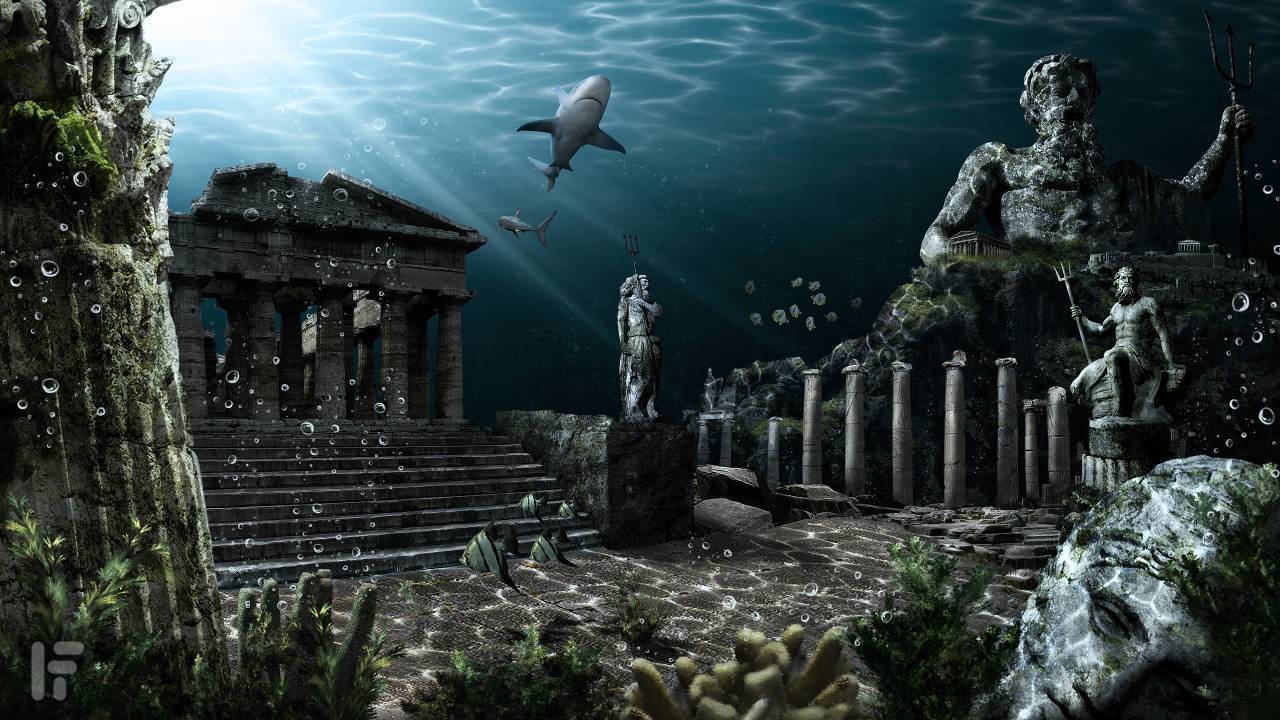
Atlantis was first mentioned more than 2,000 years ago by Plato, who said that an island-state had sunk thousands of years ago.
“Through violent earthquakes and floods, in a single day and night of misfortune … [the entire race] … was swallowed up by the Earth, and the island of Atlantis … disappeared into the depths of the sea.” — Plato
Considering that most of the suggested locations for Atlantis are in or near the Mediterranean, islands such as Sardinia, Crete and Santorini, Sicily, Cyprus and Malta, and how prosperous the city of Pavlopetri was, as well as the age of its ruins, many reached to think that it is related to the story of Plato’s Atlantis.

